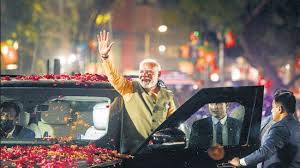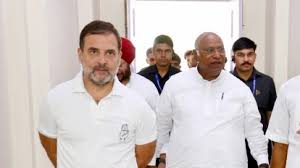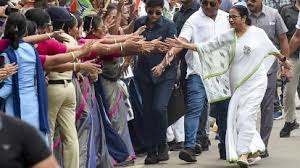2024 Exit Polls Result
Table of Contents
Toggle
India’s general elections in 2024 were a hotly contested affair, with high stakes for the future direction of the world’s largest democracy. As voters headed to the polls, a range of exit polls provided a glimpse into the dynamics and trends that ultimately shaped the final outcome. Let’s take a closer look at what these surveys revealed about the Indian electorate.




Key Findings from the 2024 India Exit Polls
Voter Turnout and Demographics - 2024 exit polls result
Voter turnout remained high, with over 65% of eligible citizens casting their ballots, continuing the strong participation seen in recent national elections.
The electorate reflected India’s diversity, with significant representation from different age groups, income levels, and geographic regions.
Women voters turned out in large numbers, potentially playing a decisive role in several close-fought constituencies.
Issue Priorities - 2024 exit polls result
The economy, jobs, and inflation emerged as the top concerns for a majority of voters, underscoring the importance of pocketbook issues.
National security, particularly in the context of India’s geopolitical tensions, was another key priority for many respondents.
Concerns around healthcare, education, and environmental protection were also prevalent, though to a lesser degree compared to economic and security matters.


Regional Dynamics - 2024 Exit Polls Result
Exit poll data revealed distinct regional patterns, with some states and union territories leaning more strongly towards one political alliance or the other.
The performance of regional parties proved crucial in several states, highlighting their continued relevance in India’s multilayered political landscape.
Urban-rural divides were also evident, with voters in metropolitan areas often exhibiting different preferences compared to their rural counterparts..
Conclusion - 2024 exit polls result
The 2024 India exit polls paint a complex picture of an electorate grappling with a range of pressing issues, from the economy to national security. While the results underscore the persistent regional and demographic variations that shape Indian politics, they also suggest the continued salience of bread-and-butter concerns for the average voter.
As India looks ahead to the next five years, policymakers and political leaders would be wise to heed the messages sent by the electorate and work towards addressing the key priorities that emerged from these exit surveys. Only by doing so can they ensure that the will of the people is truly reflected in the governance of the world’s largest democracy


